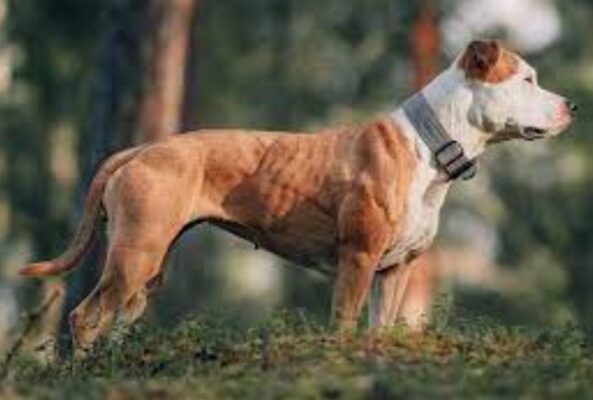When it comes to our furry friends, ensuring their safety and comfort is paramount. A well-fitted and properly adjusted dog harness can make a world of difference during your daily walks or adventurous hikes. Here’s a comprehensive guide on how to choose, fit, and adjust a dog harness to keep your canine companion safe and secure.

1. Choose the Right Harness Type
Before diving into fitting and adjusting, it’s crucial to select the type of harness that suits your dog’s size, breed, and behavior. Common types include:
- Back-Clip Harness: Ideal for small dogs or well-trained pups since it reduces pressure on the neck and prevents tangles.
- Front-Clip Harness: Helps manage pulling by steering the dog towards you, suitable for training purposes.
- Dual-Clip Harness: Offers versatility with both front and back clips, catering to different walking scenarios.
2. Measure Accurately
Proper measurement is the foundation of a safe and comfortable harness. To get the right fit, measure:
- Girth: Wrap a flexible tape measure around the widest part of your dog’s chest, just behind the front legs.
- Neck: Measure the circumference at the base where a collar would naturally sit.
These measurements will guide you in selecting the appropriate size, ensuring that the harness is neither too tight nor too loose.
3. The Fitting Process
Once you have the harness, it’s time to fit it:
- Adjustment Straps: Start by loosening all the straps. Place the harness over your dog’s head and adjust the straps around their chest and neck.
- Chest Plate: Make sure the chest plate sits comfortably without pressing into their throat, which can cause discomfort.
- Snug, Not Tight: You should be able to fit two fingers comfortably between the harness and your dog’s body. This ensures the harness is snug but not constricting.
4. Observe and Adjust
After fitting, observe how your dog moves with the harness:
- Check for Chafing: Look for any signs of chafing or irritation. Adjust the straps accordingly or consider a different style or size if discomfort persists.
- Movement Check: Ensure the harness doesn’t impede your dog’s movement. They should be able to walk, run, and sit naturally without restriction.
- Persistent Monitoring: Re-check the fit periodically, especially if your dog is still growing or has fluctuating weight.
5. Training with the Harness
To maximize safety, especially with new harnesses, gradual training is essential:
- Positive Reinforcement: Use treats and praise to create positive associations with wearing the harness.
- Short Sessions: Start with short sessions to let your dog acclimate to the new feeling.
- Consistency is Key: Consistently use commands and maintain patience to help your dog adjust comfortably to harness-wearing during walks.
Conclusion
Harnesses, when fitted and adjusted correctly, provide a safer alternative to collars, reducing strain on the throat and giving you better control. By following these steps, you can ensure that your dog enjoys comfort and security during every adventure. Remember, a happy dog is a safe dog, and it all starts with a harness that fits just right.

